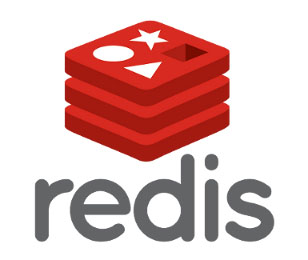How To Install Redis on openSUSE

In this tutorial, we will show you how to install Redis on openSUSE. Redis, an acronym for Remote Dictionary Server, is an open-source, in-memory data structure store that can be used as a database, cache, and message broker. It supports a wide variety of data structures such as strings, hashes, lists, sets, sorted sets with range queries, bitmaps, hyperloglogs, and geospatial indexes with radius queries. Redis has built-in replication, Lua scripting, LRU eviction, transactions, and different levels of on-disk persistence, and provides high availability via Redis Sentinel and automatic partitioning with Redis Cluster.
This article assumes you have at least basic knowledge of Linux, know how to use the shell, and most importantly, you host your site on your own VPS. The installation is quite simple and assumes you are running in the root account, if not you may need to add ‘sudo‘ to the commands to get root privileges. I will show you the step-by-step installation of the Redis cache on openSUSE.
Prerequisites
- A server running one of the following operating systems: openSUSE.
- It’s recommended that you use a fresh OS install to prevent any potential issues.
- You will need access to the terminal to execute commands. openSUSE provides the Terminal application for this purpose. It can be found in your Applications menu.
- You’ll need an active internet connection to download Redis and its dependencies.
- You’ll need administrative (root) access or a user account with sudo privileges.
Install Redis on openSUSE
Step 1. Before installing any new packages on your openSUSE system, it’s a good practice to update the system packages to the latest versions. This can be done using the following command:
sudo zypper refresh sudo zypper update
This command updates all the packages on your system to their latest versions. If prompted, enter your password and press Y to confirm the update.
Step 2. Installing Redis on openSUSE.
After updating your system, you can install Redis using the zypper package manager with the following command:
sudo zypper install redis
This command installs the Redis package on your system. If prompted, press Y to confirm the installation.
Step 3. Configuring Redis.
After installing Redis, you can configure it to suit your needs. The main configuration file for Redis is located at /etc/redis/redis.conf. You can open this file in a text editor to make changes to the configuration.
For example, you might want to change the default port that Redis listens on, or set a password for accessing Redis. To do this, find the lines that start with “port” and “requirepass” respectively, and change the values as needed.
Once you’ve configured Redis to your liking, you can start the Redis service with the following command:
sudo systemctl start redis
This command starts the Redis service. You can check the status of the Redis service with the following command:
sudo systemctl status redis
To ensure that Redis starts automatically whenever your system boots, you can enable the Redis service with the following command:
sudo systemctl enable redis
Step 4. Testing Redis Installation.
After starting the Redis service, it’s a good idea to test whether Redis is working correctly. You can do this with the following command:
redis-cli ping
If Redis is running correctly, this command will return “PONG“.
Congratulations! You have successfully installed Redis. Thanks for using this tutorial for installing Redis on your openSUSE system. For additional or useful information, we recommend you check the official Redis website.